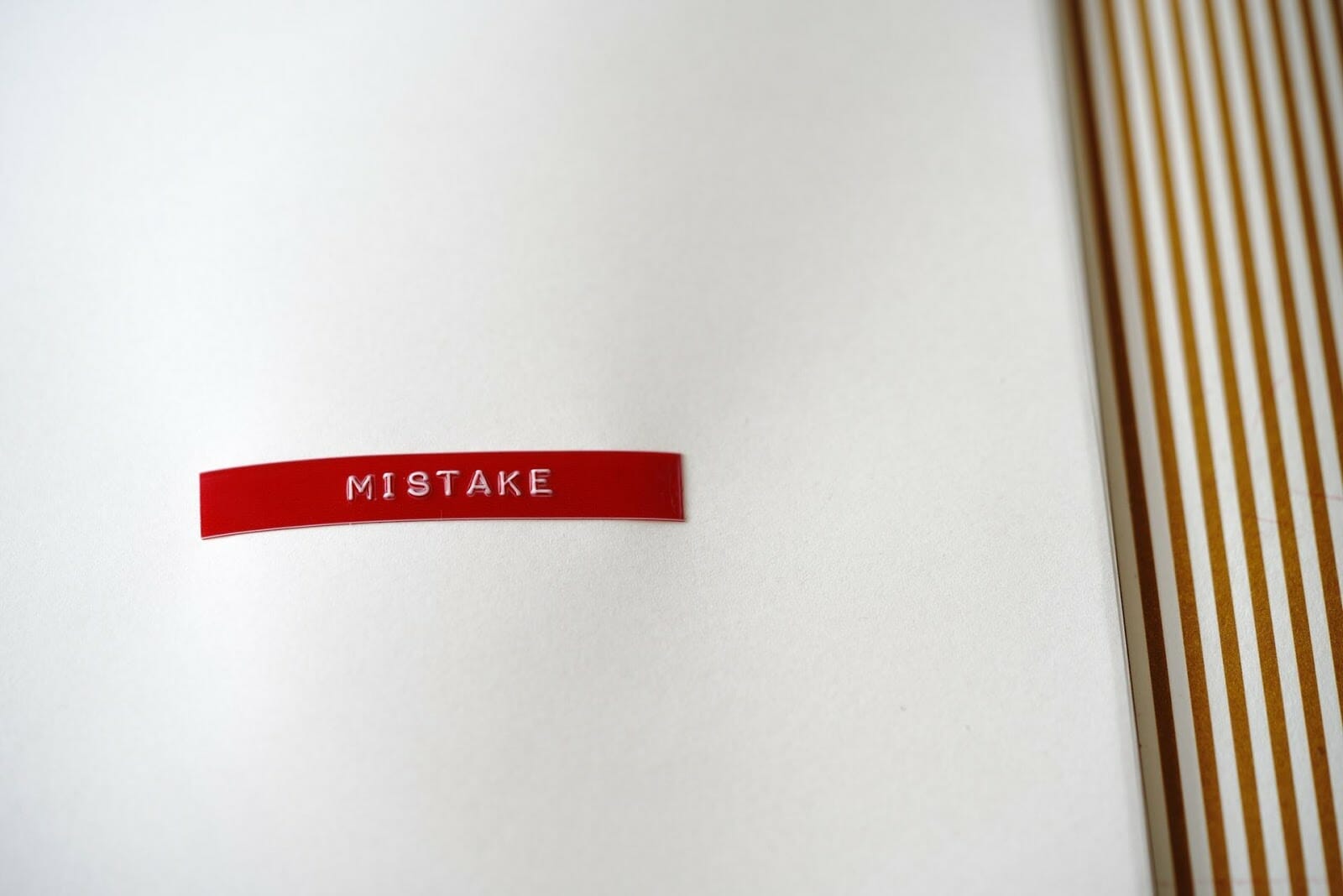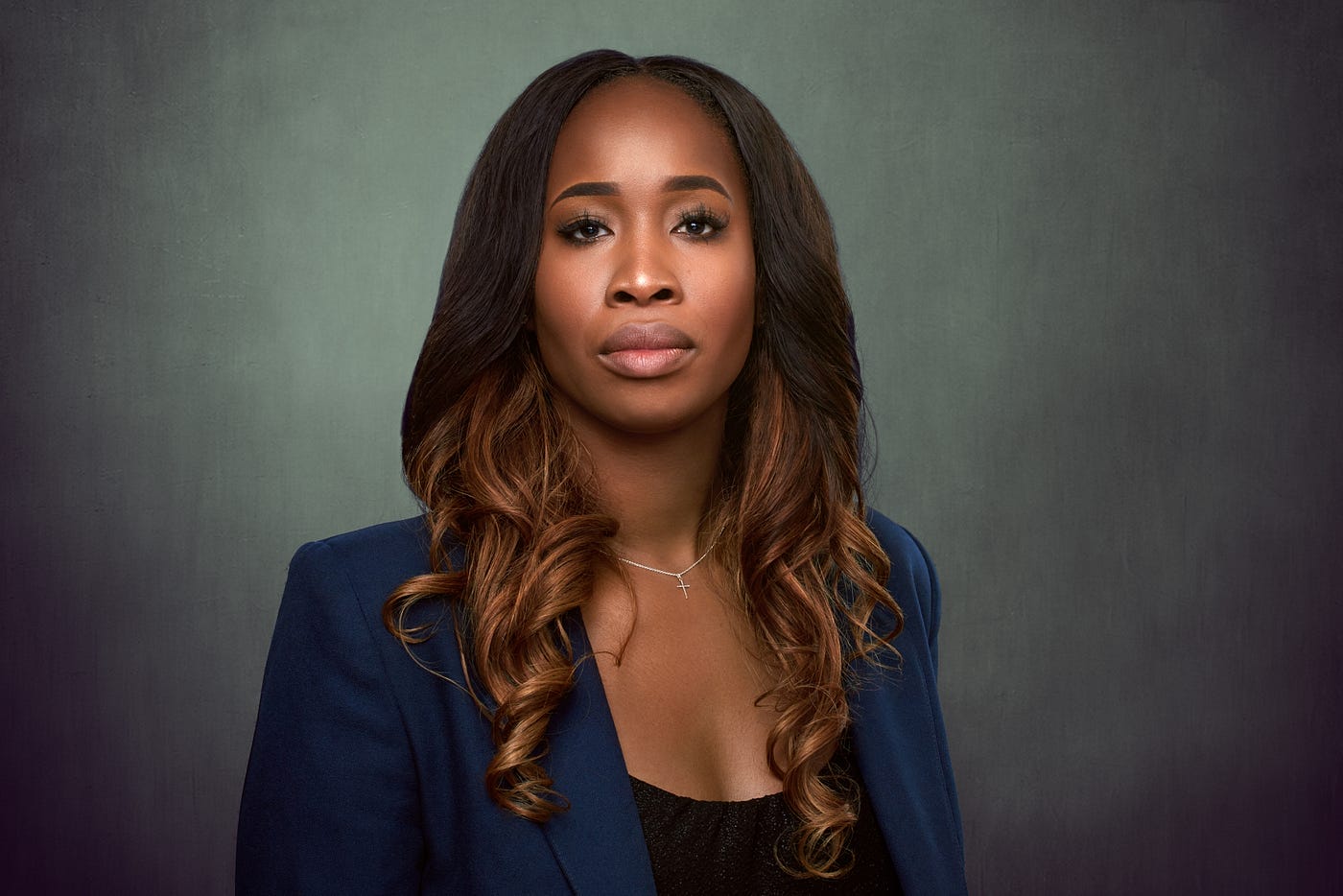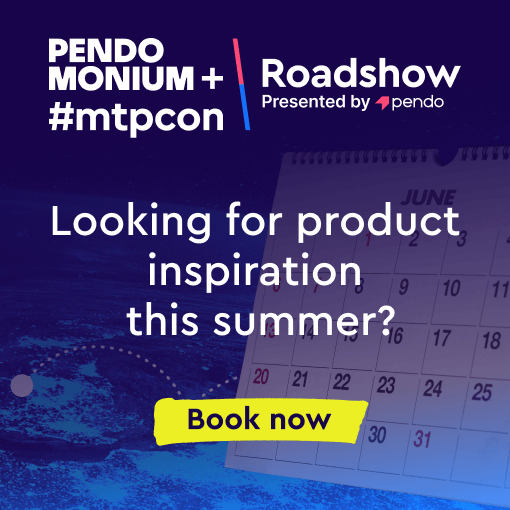Adam Thomas is Chief Product Officer at Storyful, who refer to themselves as “the human algorithm” – monitoring the social web, tracking content and looking for signals to discover news-worthy events, or content that brands, financial analysts, advertisers etc. can use. This data and content is all verified, validated and corroborate by real humans, and then pushed out to Storyful’s customers via a newswire-like service.
The team has expanded rapidly in the last few years, from 20 to 100 people across four offices, with a constant focus of building lean product teams. Throughout that process, they’ve been trying to work out how to scale the business, bearing in mind that Storyful are not a media outlet in themselves, but rather a B2B content service. That being the case, rather than trying to completely reinvent themselves, the team have focus on the key principles of their business – delivering relevant, timely content to their customers, which means they are treating the elements of their core workflow as their products:
- Discover great social content
- Add value to content
- Deliver content
What Adam and the folks at Storyful quickly realised is that building great lean product teams is less about process and more about people.
A Manifesto (of sorts) for Lean Product Teams
- Build full stack teams – Get rid of functional silos as much as possible. They act as bottlenecks, and prevent teams from taking ownership and initiative with their products.
- Have a clear focus – If you’re going to empower teams to entirely own their solutions, then those teams have to have a clear focus built around user-oriented goals.
- Fail fast – As is a good practice in agile teams, Storyful teams focus on testing their ideas and learning as quickly as possible, running 2-Week sprints.
- Collaborate – No matter how good your remote, asynchronous processes are, nothing beats high-bandwidth, face-to-face communication when it comes to planning, so Storyful teams allocate 10% of their time
- Diversify – Different people come up with different solutions, so they look for a variety of ages, genders, races, social backgrounds to maximise the richness of their product teams.
- Be data-driven – Sensibly defined metrics, and accurate, fresh data drive smart decision-making. The teams at Storyful use New Relic and Heap Analytics as their tools of choice.
- Breed culture – To build the best teams possible, it’s essentially to help onboard new people – in terms of culture, product, and customers.
As you can no doubt tell, these seven guidelines are useful ideas in-and-of themselves, but they are also interdependent.
Case Study – ‘Pegasus’
When Storyful’s newswire-like product – codenamed ‘Pegasus’ – was in need of a refresh. While it was long in the tooth, the team didn’t have the resources to rebuild the CMS underlying the product. As a starting point for new product development work, the team will do lots of card-sorting and user feedback (with affinity mapping) to help establish the core concepts of the product and the build workflows. In the case of Pegasus, because the product involves a lot of browsing and evaluating on the part of the user, the team used a lot of eye-tracking. Most importantly, it’s crucial to talk to people, and map together feedback and data.
In terms of general guiding principles, it’s important to be willing to break old solutions that have been superseded in favour of making progress. When it comes to rebuilding, the team starts with a lean canvas and then keeps revisiting it to make sure they maintain a clear vision for the product. With the canvas sketched out, the team will start prototyping in a lightweight way (using literal paper prototypes or Balsamiq wire frames) to shape ideas, and then focus on shipping a working prototype as quickly as possible, and then constantly iterating.
Just as an impressive benchmark, having defined a problem and gone through a paper prototyping phase, the team aims to ship a working prototype within 2-3 days, and then iterate.
Challenges & Takeaways
- Within Agile and Lean, there tends to be a marginalisation of certain functions or characters. (Adam pointed to UX designers as an example)
- Building the right team is critical, as is fostering a supportive, positive environment
- To build these kinds of fast-moving cross-functional teams, you need strong, multifunctional product owners to act as team leaders







Comments 0